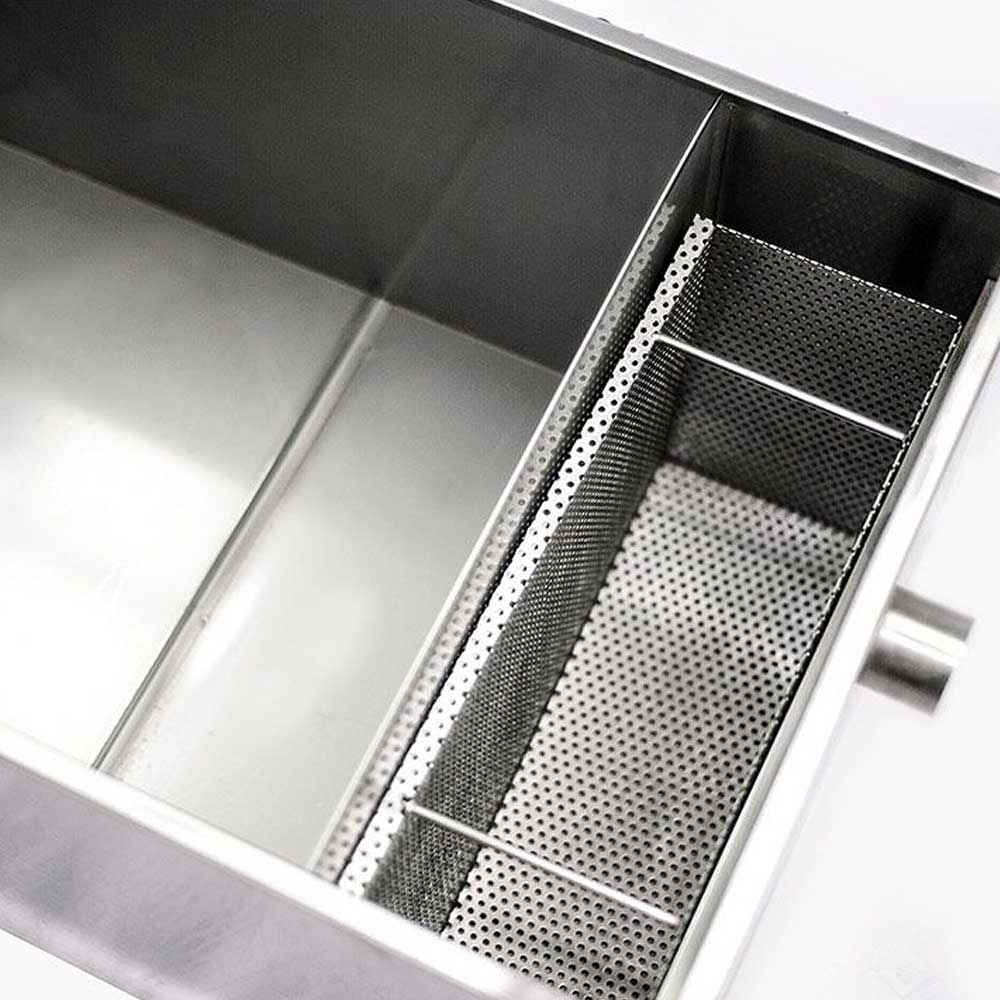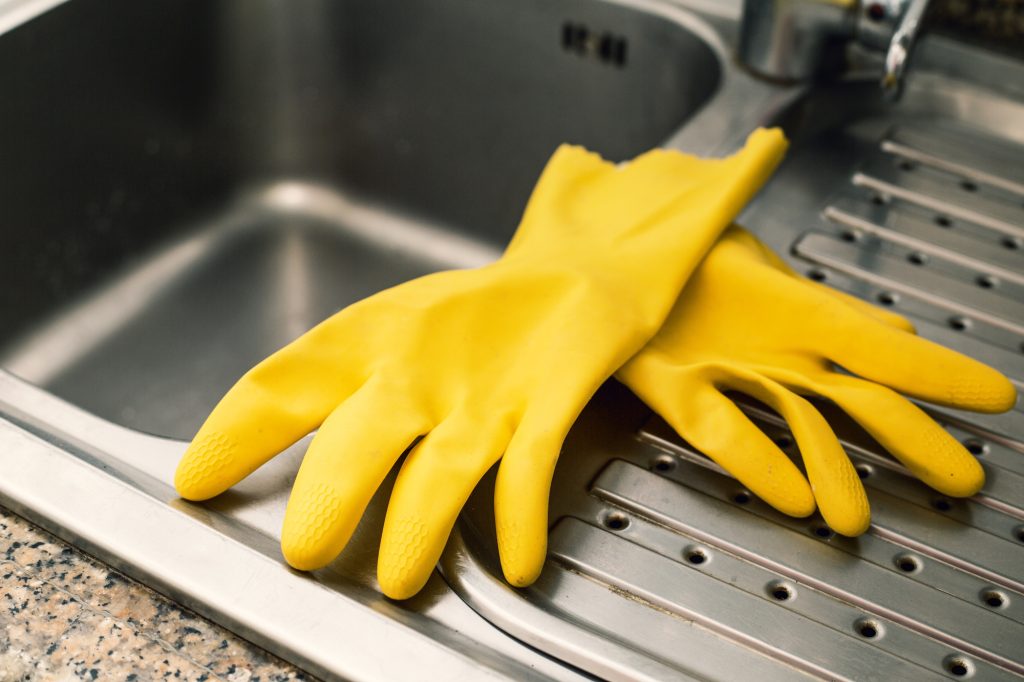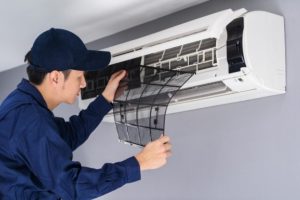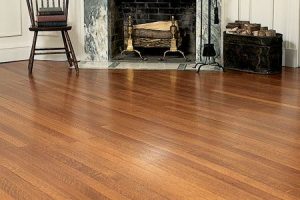
Commercial grease trap cleaning requires the expertise of a professional drain cleaner and that costs time and money. These are valuable commodities to business owners and serious service providers won’t take them for granted. Whether we like it or not, and even with the costs and effort involved, cleaning and maintaining your grease trap is essential to running your commercial business. Read on to find out exactly how often you should do it and why it is so important.
How often should you clean your commercial grease trap?
Manufacturers recommend that grease traps are cleaned once every 1 to 3 months, depending on your usage specifications. Exactly how often depends on a variety of factors, including the size of your installation and the amount of grease that goes through it every day. Keen industry experts will tell you to use the one-quarter rule. When you notice that a quarter of your grease trap tank is filled with fats, oils, and greases, or FOG, it needs to be cleaned. As soon as the interceptor passes this capacity, it will be less effective at eliminating grease from wastewater, allowing other problems to follow.
To truly understand how often your grease trap needs the attention of a Renmark drain expert, you need to consult with a professional who can give you better guidance than the advice written here. You may need it more frequently than what’s been mentioned here if you run an all-day professional kitchen, bar or restaurant. They’ll need more frequent cleaning to help manage the flow of fats and oils into the pipework.

Signs that my grease trap needs cleaning
There are two clear indicators that your grease trap needs to be cleaned and they’re very easy to spot. The first sign is when you start seeing bugs, critters or flying insects around the openings of your open drains. The second sign is a strong or foul odour which can be caused by the accumulation of rancid fats, cooking oils, and foods. Both of these things are very obvious and can even be an inconvenience for the people on the property. Other signs include things like slow drainage, which happens when accumulated fats have solidified in the pipework.
These solid bits can block full flow capacity in the drainage system, decrease water flow and eventually lead to clogs as well. Regardless of if you are able to spot the signs or not, you should aim to keep up a maintenance schedule to check for trapped fats and oils in your plumbing. This can also help you quickly determine if you need to expand your grease trap system or not. It may be time to replace it with a bigger capacity unit in cases where you need very frequent cleaning.
How do professionals clean a grease trap?
Highly experienced cleaners will have tools packed into a multi-functional vacuum truck when they arrive on site. The tools, like those that have built-in hydro jet capabilities, will work at blasting away build-up, sludge and blockages. The vacuum trucks that arrive on sight have pumps and tanks to safely remove and store the hardened fats, oils, and greases from inside your device. The storage and transporting of sludge and drain waste needs to be handled by a licensed tradie with a proper vacuum truck. Riverland Tank and Drain trucks have high-endurance pumps to ensure that the collected grease safely ends up in the tank and nowhere else on your property.
Maintaining your grease trap
Grease traps that aren’t cleaned regularly are more susceptible to a variety of issues in your commercial kitchen or restaurant. The consequences can disrupt daily operations in a significant way. This can include things like foul odours, blocked drains, slow-draining sinks and many more things that can slow down the work that your staff has to do every day. It can even affect the sinks and toilets that your customers have to use while on your property. Don’t wait until you notice a problem, the best way to maintain your grease trap’s function is to look after it. Maintenance requires a schedule for regular visits, cleaning and repairs where needed.
You may be reading this because you are already cleaning your grease trap more frequently than you’d like. Maybe you need an upgrade, and you don’t even know it. Call in a professional every 90 days or so if you are running a busy kitchen. Professionals have a range of tools and treatment solutions that can decrease the frequency of cleanings and help to eliminate odours. Good maintenance is sure to help in maintaining a clean grease trap and a productive kitchen.








